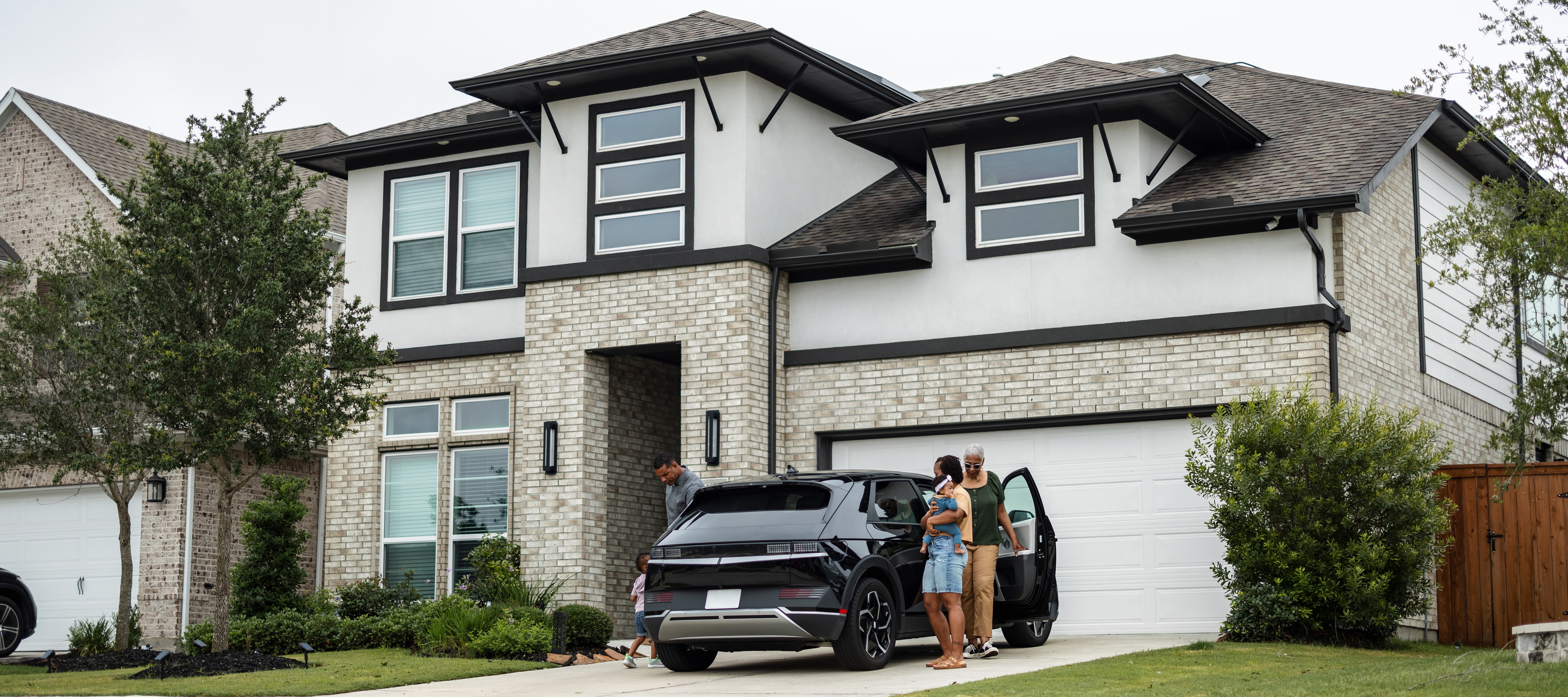Why Choose a Conventional Loan Over a Government Loan?
Conventional loans are the most common type of home loans and offer flexibility that government loans don't. They generally have fewer restrictions, allowing for more flexible terms. For example, while a VA loan might be ideal for military members due to specific benefits, a Conventional loan could be a better fit for others based on their personal financial situation. Our loan officers at New American Funding are ready to help you decide which loan best fits your needs.
Who Can Get a Conventional Loan?
To qualify for a Conventional loan, you need:
Improving your credit score, maintaining a debt-to-income ratio (DTI) under 43%, and saving for a down payment of 20% or more can enhance your eligibility.
What’s the Minimum Down Payment for a Conventional Loan?
You can start with as little as 3% down for a Conventional mortgage, though a 20% down payment eliminates the need for Private Mortgage Insurance (PMI). The exact amount can vary depending on your credit score and other financial factors.
When Can I Refinance from an FHA to a Conventional Loan?
You can refinance a Conventional loan once you have 20% equity in your home. Refinancing can reduce your monthly mortgage payments and eliminate the need for mortgage insurance. Consider future home prices, mortgage rates, and the costs involved in refinancing to decide if it’s the right move for you. Use our mortgage refinance calculator or consult our blog for more insights.
Is Down Payment Assistance Available for Conventional Loans?
Yes, there are down payment assistance programs for Conventional loans, primarily aimed at first-time homebuyers (those who haven't owned a home in the last three years). Eligibility varies as most programs are local and have specific requirements. Research your local and state options and discuss with your lender what assistance might be available for you.
![]()








 Smart Moves Start Here.
Smart Moves Start Here.